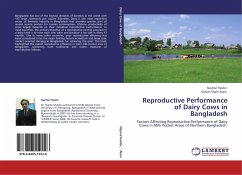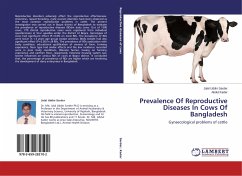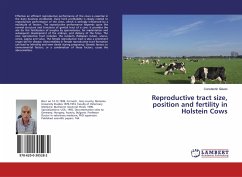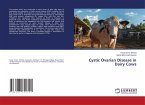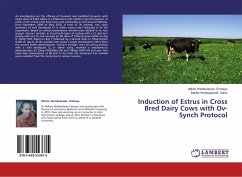Bangladesh has one of the highest densities of livestock in the world with 145 large ruminants per square kilometer. Dairy is the most important sector of livestock industry in Bangladesh that provides greater part of animal source protein for human consumption. Lifetime productivity of cows largely depends on their individual reproductive performance. In most countries, the primary objective of a reproductive control program in a dairy herd is to have each cow calve and produce a live calf in every 12 months. Like in many other countries, poor reproductive efficiency has been considered to be the major limiting factors in medium and large scale market oriented dairying in Bangladesh for achieving this goal. This book highlighted the overall reproductive efficiency in main milk pocket area of Bangladesh combining both traditional and recent measures of reproductive indexes.
Hinweis: Dieser Artikel kann nur an eine deutsche Lieferadresse ausgeliefert werden.
Hinweis: Dieser Artikel kann nur an eine deutsche Lieferadresse ausgeliefert werden.

